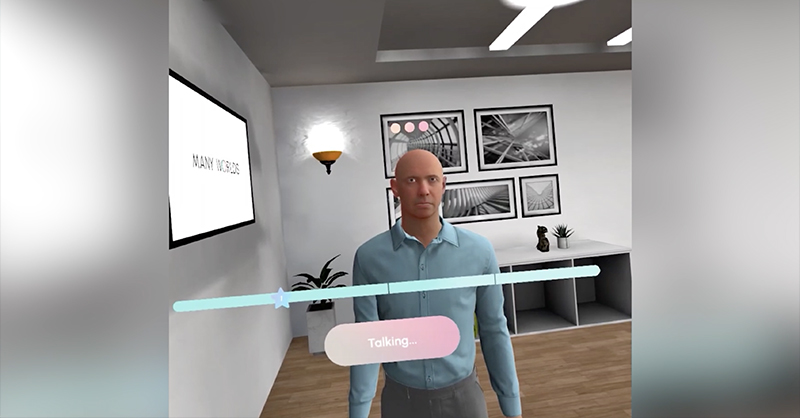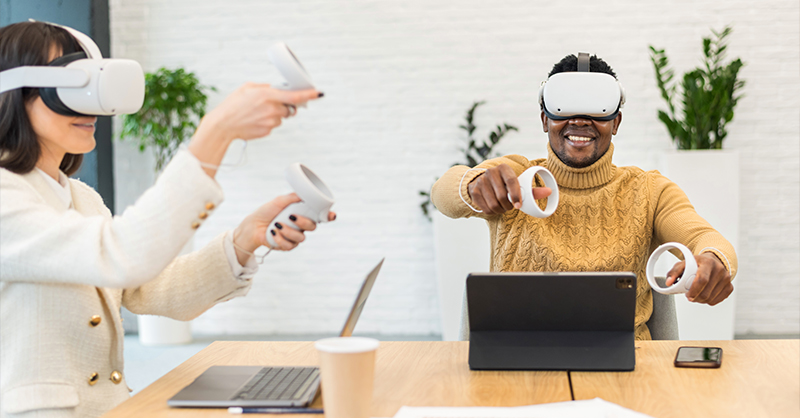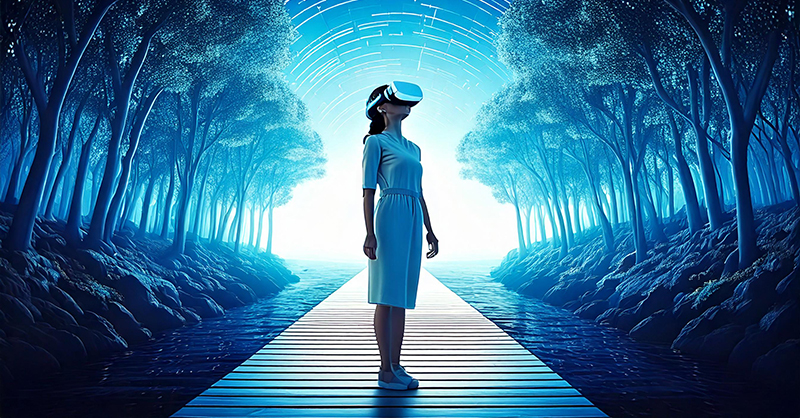More Articles
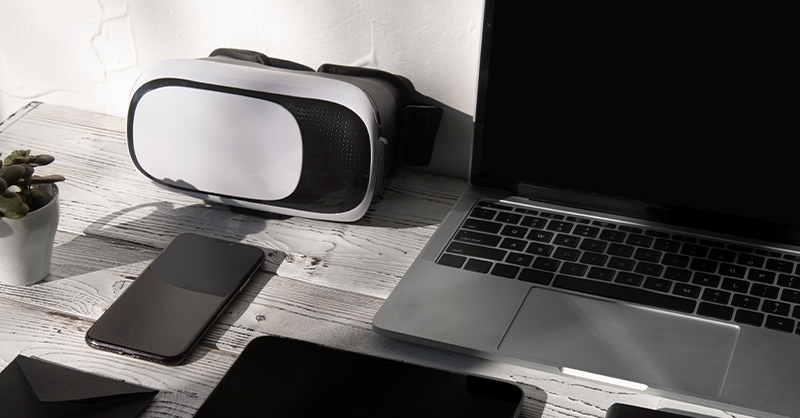
You Don’t Need a Headset to Experience VR
When most people think of virtual reality (VR), they picture sleek headsets, motion controllers, and futuristic environments. But what if VR wasn’t about the gear at all? What if the true power of VR lies not in the hardware — but in the psychological state it creates?

What is AI-driven VR training — and why should you care?
Business moves fast in today’s modern world which leads to increasingly higher expectations. Traditional training methods are struggling to keep up: long slide decks, passive lectures, and outdated manuals don’t cut it anymore — especially for modern teams who expect engaging, hands-on experiences.
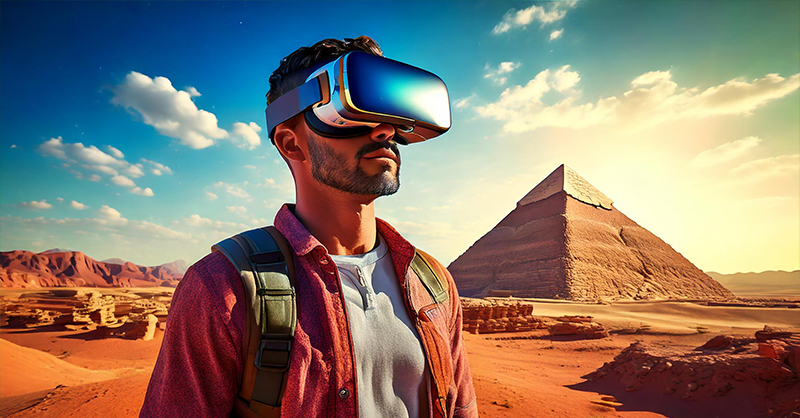
Unlocking the Boundless Potential of Virtual Environments
When it comes to virtual reality, the possibilities are almost endless. But let’s break down what’s actually possible to create within a virtual world. Here are a few powerful, practical examples of the kinds of experiences that VR can bring to life.
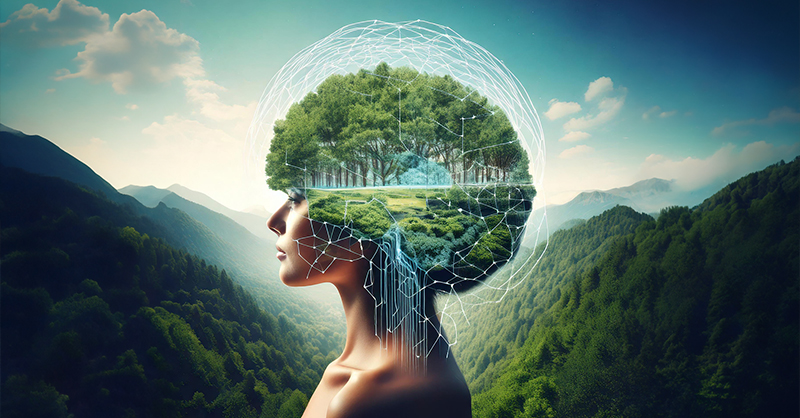
Unleashing the Power of VR in Psychology: Bridging Reality and Potential
At Many Worlds, we see VR not just as a high-tech tool but as a transformative bridge between the real and the potential—a concept with deep implications in psychological practice. Understanding this bridge helps us unlock VR's true impact in therapy, mental health support, and personal growth. Here’s what I mean.

The True Power of VR: Beyond the Headset
What sets VR apart is not just the headset or the simulated environment, but the sense of presence—the feeling of truly "being there." This immersive quality can happen with or without a VR headset, whether in an elaborate virtual world or a simple, simulated screen environment.
More Articles
Scroll right for more
You Don’t Need a Headset to Experience VR
When most people think of virtual reality (VR), they picture sleek headsets, motion controllers, and futuristic environments. But what if VR wasn’t about the gear at all? What if the true power of VR lies not in the hardware — but in the psychological state it creates?

What is AI-driven VR training — and why should you care?
Business moves fast in today’s modern world which leads to increasingly higher expectations. Traditional training methods are struggling to keep up: long slide decks, passive lectures, and outdated manuals don’t cut it anymore — especially for modern teams who expect engaging, hands-on experiences.

Unlocking the Boundless Potential of Virtual Environments
When it comes to virtual reality, the possibilities are almost endless. But let’s break down what’s actually possible to create within a virtual world. Here are a few powerful, practical examples of the kinds of experiences that VR can bring to life.

Unleashing the Power of VR in Psychology: Bridging Reality and Potential
At Many Worlds, we see VR not just as a high-tech tool but as a transformative bridge between the real and the potential—a concept with deep implications in psychological practice. Understanding this bridge helps us unlock VR's true impact in therapy, mental health support, and personal growth. Here’s what I mean.

The True Power of VR: Beyond the Headset
What sets VR apart is not just the headset or the simulated environment, but the sense of presence—the feeling of truly "being there." This immersive quality can happen with or without a VR headset, whether in an elaborate virtual world or a simple, simulated screen environment.

